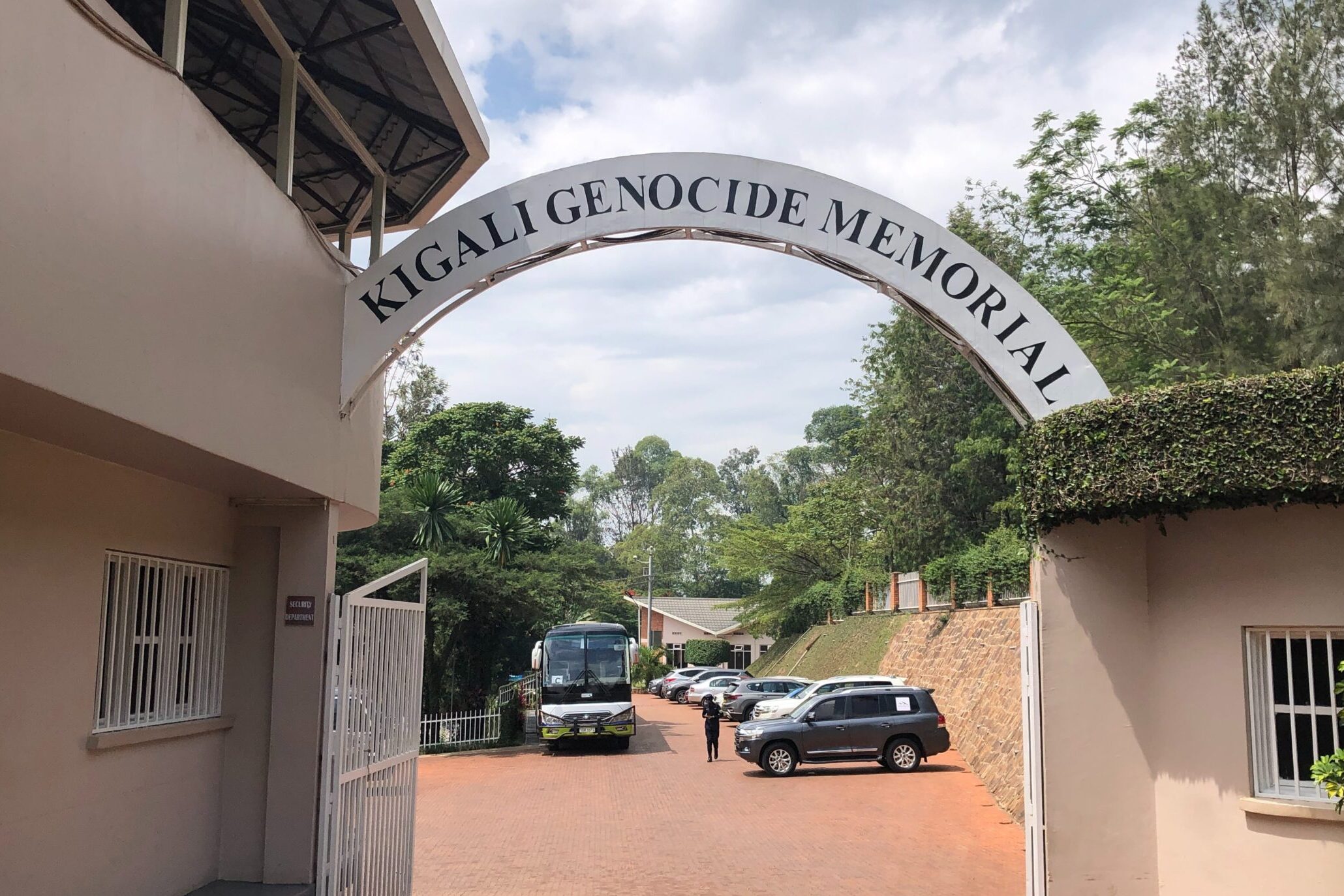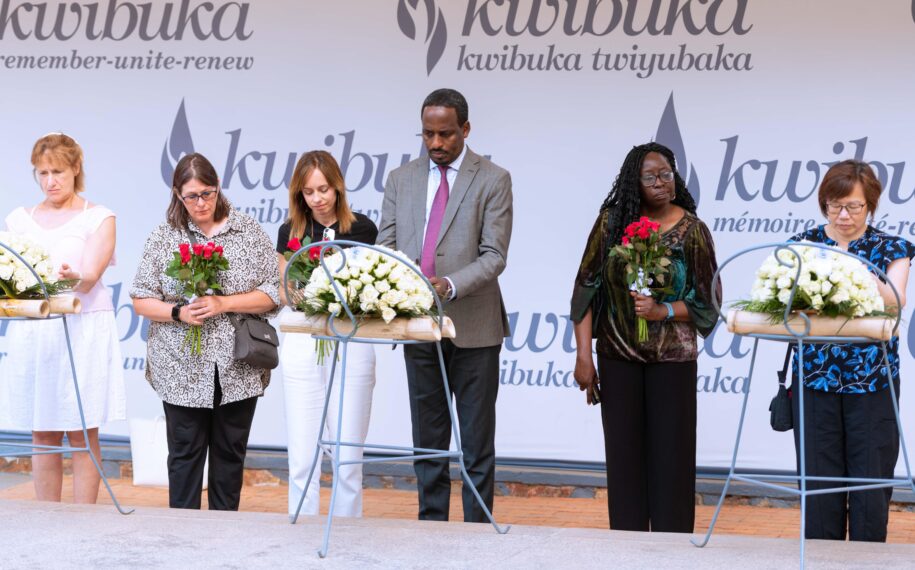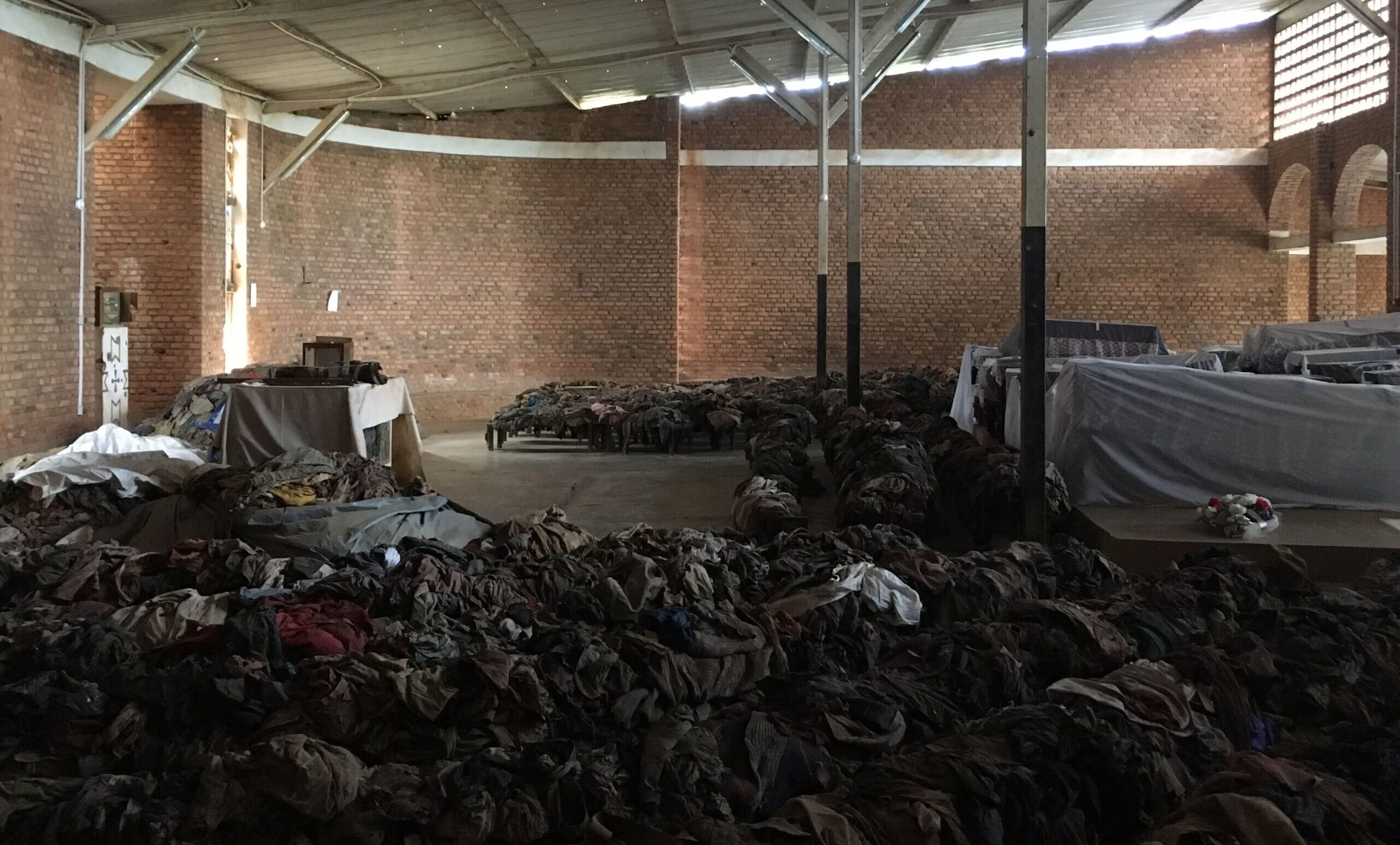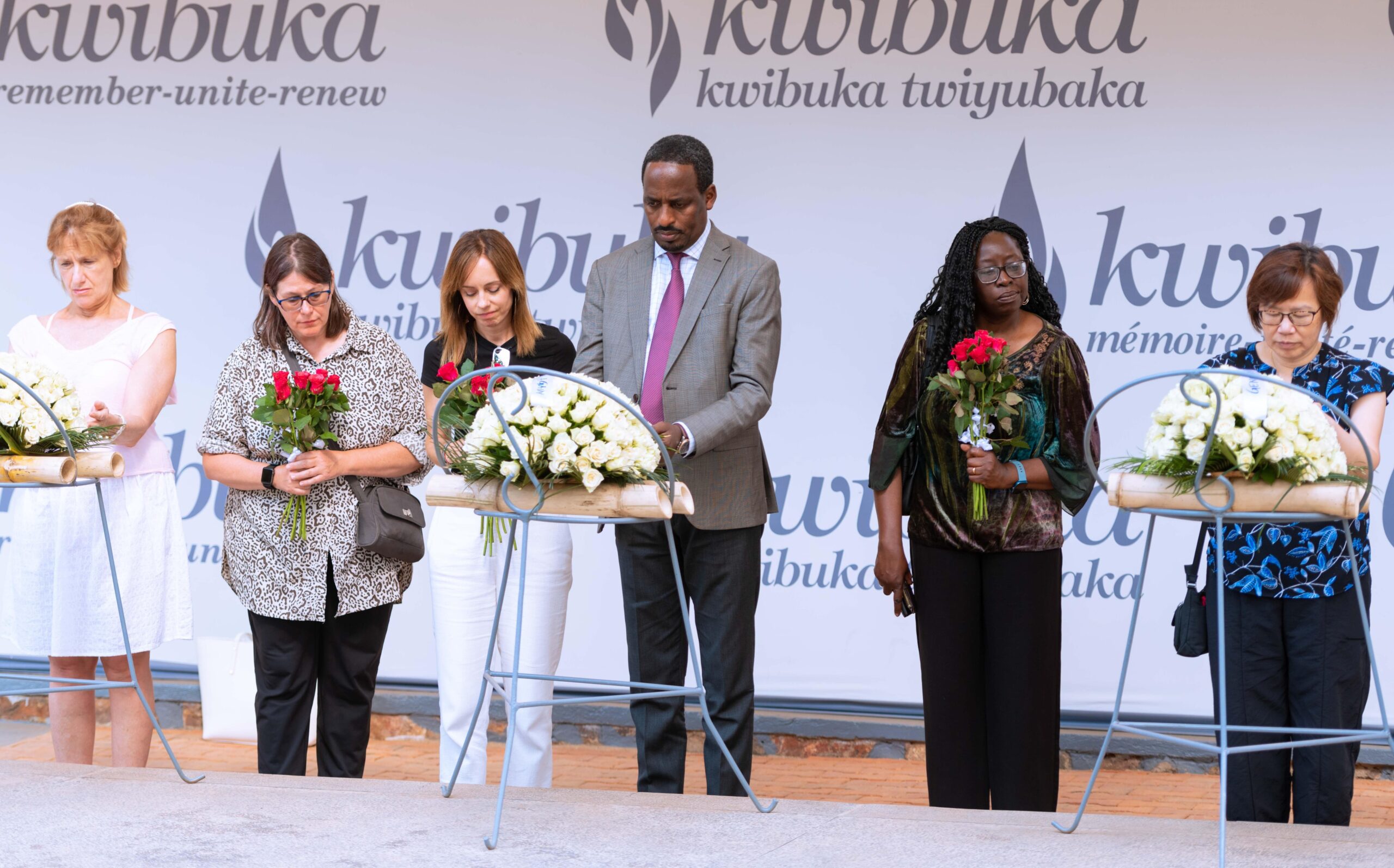The Rwanda genocide memorials stand as solemn structures that carry the weight of one of the twentieth century’s most devastating episodes.
They exist not only as markers of loss but also as national instruments of remembrance and accountability. Each site represents a space where memory, mourning, and education converge.
These memorials serve Rwanda’s citizens while extending their message to the world.
They remind visitors, researchers, and tourists that memory is not confined to books or classrooms but rather built into the very spaces where tragedy unfolded.
Approach these memorials, and you step into an environment that insists on dignity and reflection.
At the same time, the presence of these sites within Rwanda’s tourism structure signals a deliberate choice.
The country positions remembrance as part of its identity, ensuring that education, respect, and cultural engagement remain inseparable from the visitor’s journey.
Historical Background of the Genocide
The genocide of 1994 did not erupt spontaneously. It was the product of decades of political manipulation and deep structural inequalities.
During the colonial period, Belgian authorities entrenched ethnic divisions between the Hutu and Tutsi groups through identity cards, selective education, and unequal resource distribution.
After independence in 1962, Rwanda endured cycles of political instability, targeted violence, and displacement, particularly against Tutsi communities.
By the late 1980s, the political climate had hardened further.
The Rwandan Patriotic Front (RPF), largely composed of Tutsi refugees in Uganda, launched an armed struggle in 1990.
This conflict deepened ethnic hostilities. Propaganda outlets, most notably Radio Télévision Libre des Mille Collines, dehumanised Tutsi citizens through hate speech, while government-backed militias such as the Interahamwe organised paramilitary structures.
The social and political environment became increasingly volatile.
The Outbreak: April 1994
The immediate trigger came on 6 April 1994, when a plane carrying President Juvénal Habyarimana and Burundian President Cyprien Ntaryamira was shot down near Kigali.
Within hours, coordinated killings began across the capital and rapidly spread nationwide. The state, security forces, and militias targeted Tutsi civilians and moderate Hutu politicians.
Scale and Atrocities
The genocide lasted roughly 100 days, from April to July 1994. Estimates indicate that between 800,000 and one million people lost their lives.
The violence did not stopwas not limited to combat, but it reached homes, schools, and churches where people sought refuge.
Common methods included machetes, clubs, and firearms, but the brutality went beyond killing.
Widespread sexual violence was employed as a weapon, leaving survivors with physical and psychological scars that endure.
Mass graves filled fields and hillsides. Some sites became notorious as soldiers and other militia slaughtered thousands inside what would be sanctuaries.
Chronological Timeline of Key Events
- 6 April 1994: Assassination of President Habyarimana; genocide begins in Kigali.
- 7 April 1994: Prime Minister Agathe Uwilingiyimana assassinated; moderate leaders eliminated.
- April–May 1994: Massacres intensify in Kigali, Bugesera, Gikongoro, Kibuye, and Butare.
- May–June 1994: Systematic killings continue; international debate stalls action.
- July 1994: RPF captures Kigali, effectively ending the genocide.
Major Genocide Memorial Sites in Rwanda
1. Kigali Genocide Memorial (Gisozi)
The Kigali Genocide Memorial stands on Gisozi hill in Kigali. It was inaugurated in April 2004 during the tenth commemoration of the Rwanda genocide.
The Aegis Trust, in partnership with Rwanda’s Ministry of National Unity and Civic Engagement, manage the site. It functions as both a burial site and an international education centre.
 Burial Grounds
Burial Grounds
The memorial is the final resting place of more than 250000 victims. Their remains lie in mass graves carefully arranged within landscaped gardens.
Burial ceremonies still occur when remains are discovered in Kigali and surrounding districts, which means the memorial continues to grow as a living archive of grief and respect.
Exhibitions and Collections
The permanent exhibition presents a chronological account of the genocide against the Tutsi, using photographs, documentary films, survivor testimony, and preserved artefacts.
A separate children’s gallery commemorates young victims through photographs, short biographies, and personal items.
Comparative genocide exhibitions broaden the narrative by linking Rwanda’s history to global cases of mass violence.
The Wall of Names remains incomplete, as many victims have not been identified.
Visitor Experience
The memorial enforces a solemn atmosphere. Entry is free, though donations support operations.
Audio guides and guided tours are available in multiple languages. Professional filming requires advanced permission.
You should plan at least two hours for a meaningful visit. A café and a bookshop provide additional space for quiet reflection.
Remember, silence and respectful conduct are ideal; you will feel this expectation the moment you walk in.
Educational and Global Role
Beyond its role for visitors, the Kigali Genocide Memorial functions as an archive, a training ground for peace education, and a research hub.
Policymakers, academics, and international organisations engage with its resources when studying the prevention of mass atrocities.
The site, therefore, connects Rwanda’s national memory to global discourses on reconciliation and transitional justice.
2. Nyamata Genocide Memorial
The Nyamata Genocide Memorial is located in Bugesera District, approximately 30 kilometres south of Kigali.
The memorial occupies a Catholic church built in 1980. On 14 April 1994, thousands of people sought refuge inside the church during the unfolding genocide.
Militias forced entry using grenades, then carried out systematic killings inside the sanctuary.
Victim Numbers and Burials
The memorial is dedicated to about 50000 victims, most of them killed inside the church and its surrounding grounds.
Mass graves adjacent to the church hold their remains, providing a collective burial site that continues to receive periodic reinterments as bodies are discovered in the district.
Collections and Artefacts
Inside the church, pews remain stacked with bloodstained clothing belonging to the victims.
Personal effects such as rosaries, identity cards, and household items are preserved in displays.
These artefacts convey forensic truth, acting as silent testimony to the violence that occurred within sacred space.
The altar cloth and walls still bear visible scars of grenade blasts and gunfire.
Visitor Interpretation
Nyamata forces confrontation with the physical evidence of mass killings. The preserved clothing and items make abstraction impossible.
For you as a visitor, the site demands a slower pace and deeper reflection than many other memorials.
Guided interpretation emphasises how ordinary community structures, such as churches, became central targets during the genocide.
3. Ntarama Genocide Memorial
The Ntarama Genocide Memorial is located in Bugesera District, about 30 kilometres from Kigali.
On 15 April 1994, approximately 5000 people were killed at the site after seeking shelter inside the church and its adjoining buildings.
Militias breached the sanctuary with grenades and firearms, then carried out house-to-house killings in the surrounding compound.
Victim Numbers and Burials
The memorial honours the 5000 victims of the Ntarama massacre. Their remains are interred in a mausoleum adjacent to the church.
This site, together with Nyamata, represents the concentrated violence that occurred in Bugesera during the first weeks of the genocide.
Preservation and Collections
Inside the church, clothing, household items, and religious artefacts remain preserved on benches and rafters.
Children’s toys, school books, and bicycles stand as particularly poignant evidence. The walls retain visible damage from grenade explosions.
These preserved materials ensure the church functions as an enduring forensic record.
Interpretive Value for Visitors
Ntarama’s smaller scale allows close examination of physical details. You will notice how ordinary community life was violently interrupted, as everyday objects remain frozen in place.
Guided interpretation emphasises that memorialisation here is not about abstraction but about recognising how daily life itself was targeted.
4. Murambi Genocide Memorial
The Murambi Genocide Memorial is situated in Nyamagabe District, Southern Province.
In mid-April 1994, local authorities deceived thousands of Tutsi civilians by promising them safety at the unfinished Murambi Technical School.
Once gathered, militias and soldiers surrounded the compound. On 21 April 1994, systematic killings occurred, with grenades, firearms, and machetes used to eliminate thousands within hours.
Victim Numbers and Massacre Scale
Estimates attribute approximately 50000 deaths to the Murambi massacre. Most victims were buried in mass graves around the school compound. The sheer number of casualties makes Murambi one of the largest single-site massacres documented during the genocide.
Preservation and Display of Remains
Murambi differs from other memorials through its method of preservation. Hundreds of bodies were exhumed and treated with lime to slow decomposition.
They remain displayed in schoolrooms, positioned on wooden tables, serving as stark evidence of genocide.
This practice, while deeply distressing, was intended to combat denial and preserve proof for future generations.
Educational and Interpretive Value
The memorial’s exhibitions combine historical narrative with the preserved remains. Displays explain the planning of massacres, local complicity, and the broader dynamics of genocide execution.
Murambi thus acts as both a classroom and a courtroom of history, offering lessons in accountability and collective responsibility.
Visitor Considerations and Emotional Preparedness
Murambi’s preserved remains confront visitors with images that few are prepared for.
You should approach the site with awareness of its intensity, and it is worth pausing to decide how much you can process.
Guided tours often allow visitors to move at their own pace, recognising the psychological impact of the displays.
5. Bisesero Genocide Memorial
The Bisesero Genocide Memorial is located in Karongi District, overlooking Lake Kivu.
During May and June 1994, thousands of Tutsi fled to the Bisesero hills. Unlike other sites where people gathered for refuge, here communities attempted to resist organised militias using stones and improvised weapons.
Their resistance slowed the killings but did not prevent eventual massacres when larger forces arrived.
Victim Numbers and Resistance Narrative
Approximately 50000 people were killed in the Bisesero area. What distinguishes Bisesero from Nyamata or Murambi is the presence of an organised civilian defence that lasted several weeks.
This narrative of resistance became a national symbol of courage amidst overwhelming violence.
Commemorative Structures and Collections
The memorial comprises nine small buildings, each representing one of the nine surrounding communities whose populations were decimated.
Mass graves hold victims’ remains, while exhibits present photographs, survivor testimonies, and artefacts from the period.
These structures remind visitors of both the resistance and the eventual scale of loss.
Interpretive Value and National Symbolism
For you as a visitor, Bisesero provides a layered perspective. It demonstrates that genocide history was not only about victimisation but also about resilience and organised defence.
The memorial highlights how civilians attempted to shape their own survival, even under the most impossible conditions.
Nationally, it strengthens Rwanda’s narrative of remembrance by including stories of courage.
The Visitor Experience
Genocide memorials in Rwanda maintain a solemn atmosphere that discourages haste and distraction. Their environments combine mass graves, preserved artefacts, and carefully designed spaces that encourage silence and reflection.
Visitors soon recognise that these are not tourist attractions but places of mourning and historical record. Respectful conduct, therefore, becomes essential.
People are expected to dress modestly, keep their voices low, and avoid disruptive actions such as phone use. Photography rules vary between sites, but restrictions apply in burial areas and where human remains are displayed.
It is essential to note that professional filming requires advanced permission, which must be arranged through official authorities.
Guided tours are available at most memorials, with many conducted by trained staff who often have personal connections to the events. Audio guides supplement interpretation in Kigali, while exhibitions use photographs, testimonies, and maps to frame history.
These resources ensure visitors do not leave with only impressions but with structured knowledge. At the same time, the emotional weight of preserved clothing, skeletal remains, or survivor testimony is difficult to prepare for.
Some visitors step outside to regain composure, which is both expected and acceptable. In addition, gardens and outdoor spaces exist at many memorials for quiet reflection before re-entering exhibits.
If you plan to visit, approach the experience with patience and humility. Do not treat it as a checklist stop on an itinerary.
Give yourself time to absorb the atmosphere, and allow the silence of these spaces to shape your response.
Your presence affirms Rwanda’s effort to preserve dignity and memory through education.
Role of the Rwanda Genocide Memorials in National Healing
- Spaces of Mourning and Recognition
Memorials give survivors and families places to mourn and honour victims with dignity. Graves, names, and preserved artefacts make loss publicly acknowledged and permanent. - Instruments of Reconciliation
These sites support reconciliation between survivors and perpetrators’ families. They offer structured encounters with the past, encouraging dialogue and acceptance within communities. - Educational Centres for Youth
Memorials run programmes that integrate history into civic education. Young generations are taught genocide prevention as a responsibility linked directly to national identity. - Platforms for National Unity
Beyond individual loss, memorials symbolise collective memory. They reinforce unity by showing that remembrance is part of shared citizenship rather than a private duty. - Anchors for Annual Commemoration (Kwibuka)
Every April, memorials host Kwibuka ceremonies. These events combine reflection, dialogue, and community resilience, tying remembrance to the ongoing project of national solidarity. - References for the International Community
Memorials serve global audiences as reference points in genocide prevention. Researchers, policymakers, and visitors draw lessons about accountability and vigilance against mass atrocities. - Direct Relevance for You as a Visitor
When you stand within these sites, you participate in more than remembrance. You engage with Rwanda’s reconstruction and affirm the ongoing effort to heal society.
Conclusion
The Rwanda Genocide memorials are places where memory, reconciliation, and education converge, forming part of Rwanda’s national identity and global legacy.
Each visit requires respect and emotional openness, for the experience carries lessons that transcend borders. By engaging with these sites, you do more than witness history.
You affirm a commitment to remembrance, dignity, and vigilance against the conditions that allow atrocity. Rwanda’s memorials, therefore, stand as solemn teachers of the past and enduring guides for humanity’s collective future.



